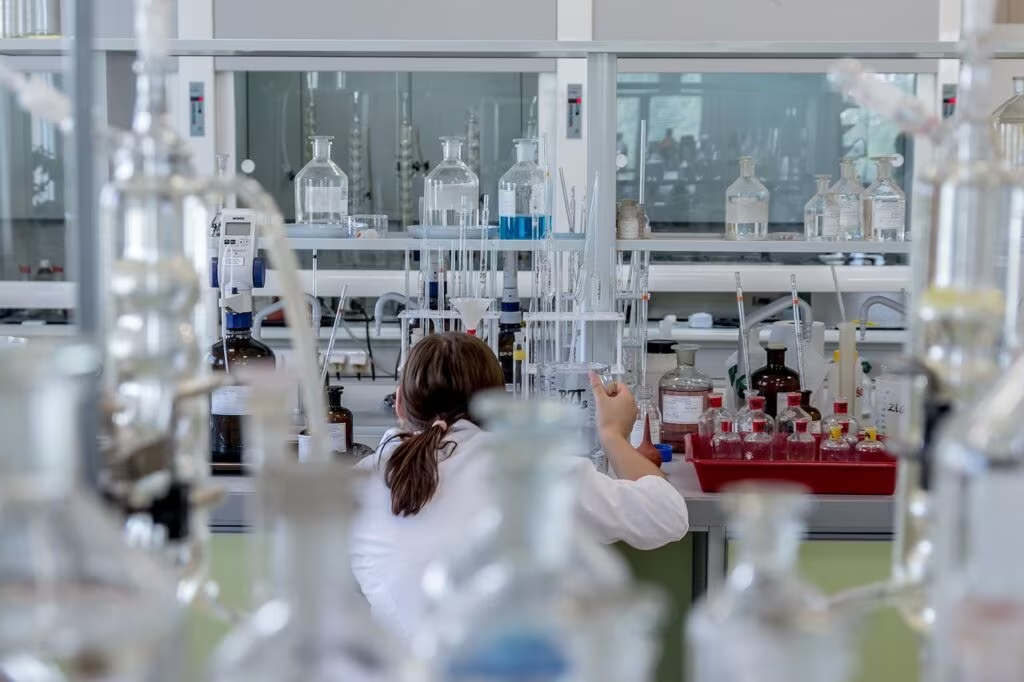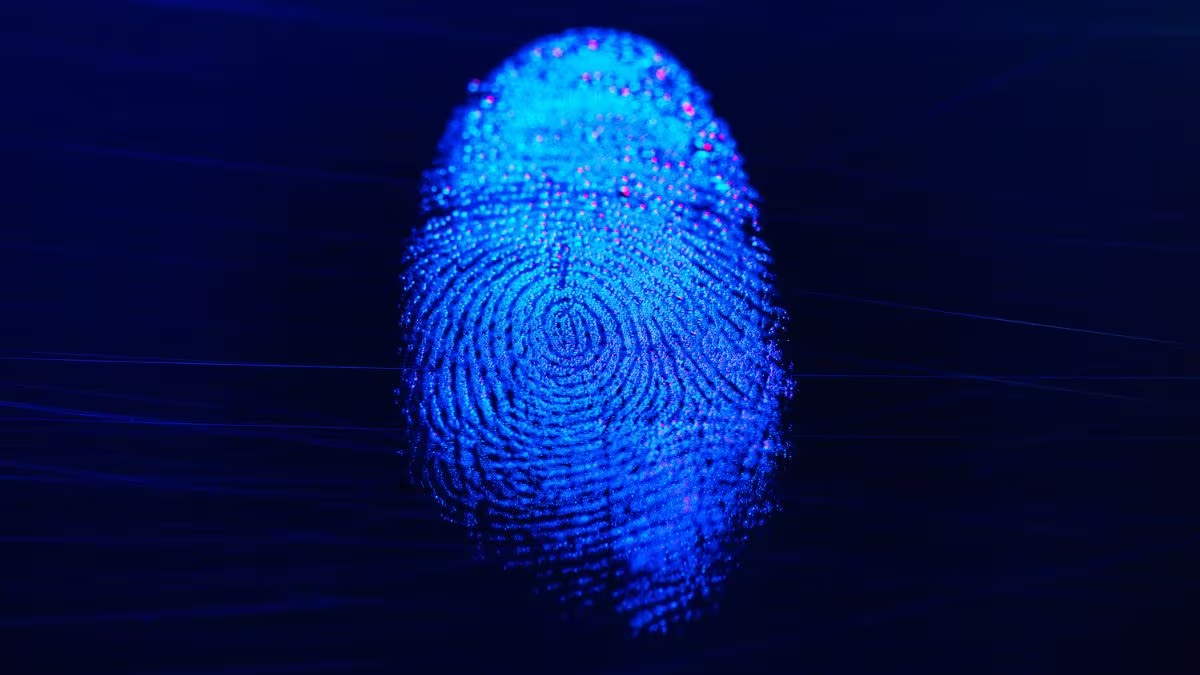Solving the Impossible: A New Era for Crime Scene Forensics
For decades, forensic investigators have faced a frustrating limitation: the intense heat and pressure generated when a firearm is discharged typically destroy any latent fingerprints left on the brass or steel cartridge casing. Finding a usable print on a fired bullet case was considered the “Holy Grail” of crime scene investigation—a goal often deemed impossible.
That reality has now changed. Researchers at Maynooth University in Ireland have successfully developed a novel technique that reliably retrieves identifiable fingerprints from spent ammunition cartridges, even after they have endured the thermal shock of firing. This breakthrough promises to revolutionize how firearms evidence is processed, offering a powerful new tool for linking suspects directly to the weapons used in violent crimes.
The Challenge of Thermal Degradation
To understand the significance of this discovery, one must first appreciate the destructive environment inside a gun during firing. When a round is chambered and fired, the cartridge casing is subjected to extreme conditions, primarily heat and pressure, which are the main enemies of fingerprint residue.
Why Traditional Methods Failed
Latent fingerprints—the invisible impressions left by the natural oils, sweat, and amino acids on human skin—are delicate. When a gun is fired, the casing can heat up rapidly, sometimes exceeding 300 degrees Celsius (572 degrees Fahrenheit). This heat causes a process known as thermal degradation:
- Vaporization: Volatile components of the print residue, such as water and light oils, evaporate instantly.
- Chemical Change: The remaining organic compounds (amino acids, proteins) undergo chemical alteration, making them unresponsive to standard forensic visualization techniques like cyanoacrylate fuming or powder dusting.
- Surface Contamination: The act of firing can also deposit gunpowder residue and soot onto the casing, further obscuring any remaining print traces.
Because of these factors, investigators rarely even attempt to process fired casings for fingerprints, relying instead on DNA analysis or ballistic matching.

The Maynooth University Breakthrough
The team at Maynooth University focused on developing a chemical process robust enough to interact with the minute traces of print residue that survive the firing process, or perhaps even the chemically altered byproducts of the original residue.
While the specific proprietary chemical formulation remains highly specialized, the method represents a significant advancement in forensic chemistry. It involves a multi-stage process designed to stabilize and enhance the degraded organic material on the metal surface of the spent cartridge.
Crucially, the technique works on the base of the cartridge, which is the area most likely to retain contact prints from the user loading the magazine or handling the ammunition.
“This is truly a game-changer for cold cases and current investigations,” stated one of the lead researchers. “We are no longer limited by the destructive nature of the firing process. We can now potentially link a suspect directly to the specific ammunition used, not just the firearm itself.”
Key Advantages of the New Method
The successful application of this technique offers several unique benefits to law enforcement agencies globally:
- Direct Linkage: Provides physical evidence (a fingerprint) linking a person to the ammunition, which is often more direct than circumstantial evidence.
- Overcoming Heat Damage: It is specifically engineered to counteract the effects of thermal degradation, succeeding where traditional methods fail.
- Enhanced Evidence Pool: It expands the range of physical evidence recoverable from a crime scene, particularly in cases where the firearm itself is not recovered.
- Reliability: The method has been shown to yield high-quality, identifiable prints suitable for comparison against criminal databases.
Revolutionary Implications for Criminal Justice
The ability to reliably recover prints from fired casings has profound implications across the entire criminal justice system, moving this technique from the realm of theoretical possibility into practical application in the field.
Impact on Investigations
In cases involving drive-by shootings, organized crime, or terrorism, where firearms are often discarded or wiped clean, the spent casings left behind are frequently the only physical evidence linking a perpetrator to the scene. This new technique transforms those previously useless metal cylinders into critical pieces of evidence.

Cold Cases: Many unsolved crimes involving firearms lack sufficient evidence to identify a shooter. If the original casings were preserved, this new technique could potentially be applied years or even decades later, offering a fresh opportunity to identify the perpetrator.
Evidence Chain: The presence of a suspect’s fingerprint on a fired casing provides powerful, direct evidence of handling the ammunition immediately prior to the crime, strengthening the prosecution’s case significantly.
Integration into Forensic Labs
While the technique is complex, forensic laboratories worldwide are expected to rapidly adopt the methodology. The standardization and validation of the process are critical next steps to ensure its admissibility in court. The scientific community is focused on ensuring the method is reproducible and that the resulting prints meet the stringent quality standards required for expert testimony.
This development parallels other major advancements in forensic science, such as the increasing sensitivity of DNA analysis, demonstrating the continuous evolution of investigative tools designed to solve complex crimes.
Key Takeaways
This forensic breakthrough represents a significant leap forward in ballistic evidence analysis:
- The Problem: Extreme heat and pressure during firing typically destroy latent fingerprints on cartridge casings.
- The Solution: Researchers at Maynooth University developed a specialized chemical technique to recover these prints.
- The Target: The method focuses on the base of the cartridge, where handling prints are most likely to be left.
- The Impact: It provides a direct physical link between a suspect and the ammunition used in a crime, offering a powerful new avenue for solving both current and cold cases.
- The Future: Forensic labs are expected to integrate this technique, enhancing the reliability and scope of ballistic evidence processing.
Looking Ahead: Validation and Implementation
As this technique moves from the research lab into operational forensic units, the focus shifts to rigorous validation and training. The scientific community must ensure that the process is standardized across different types of ammunition and firearms, and that the results are consistently reliable under varying environmental conditions.

The successful recovery of fingerprints from fired casings marks the resolution of one of forensic science’s most persistent challenges. This advancement underscores the critical role of specialized chemical research in providing law enforcement with the tools necessary to keep pace with modern criminal activity, ultimately leading to greater accuracy and accountability in the criminal justice system.
Original author: Carly Cassella
Originally published: November 7, 2025
Editorial note: Our team reviewed and enhanced this coverage with AI-assisted tools and human editing to add helpful context while preserving verified facts and quotations from the original source.
We encourage you to consult the publisher above for the complete report and to reach out if you spot inaccuracies or compliance concerns.

